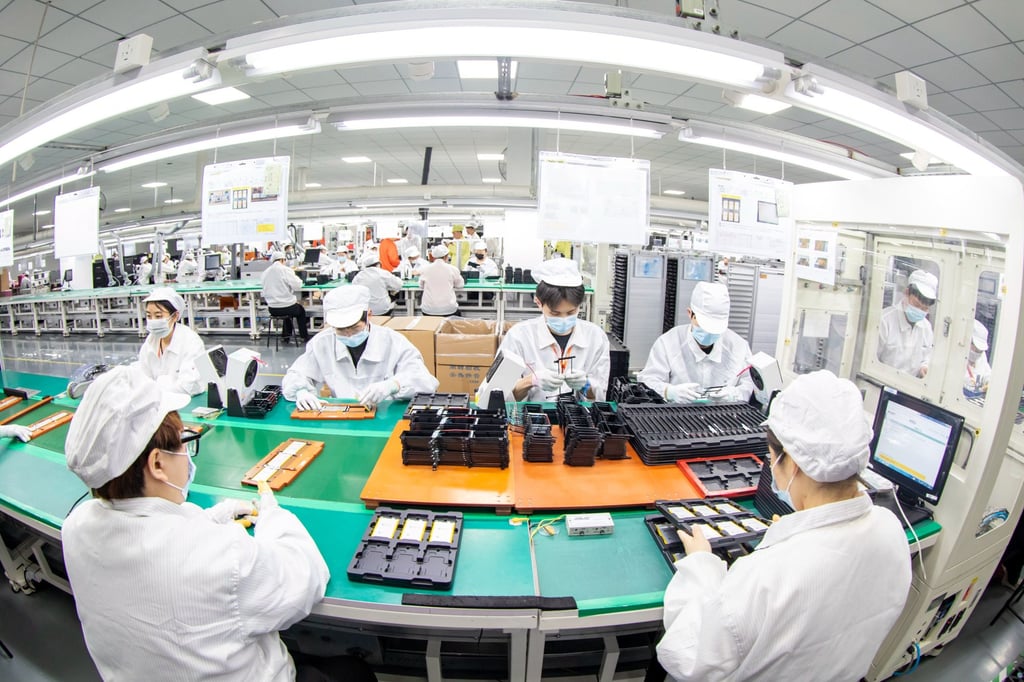Editorial | Mixed trade figures for China add up to more fiscal stimulus
- Further evidence of a weakening global economy is to be found in the imports and exports for April, and the need to support the manufacturing labour market

China’s mixed trade figures for April are not entirely unexpected as the global economy struggles to regain traction amid the disruption of the pandemic and the Ukraine war. But it also reflects other factors that will continue to weigh on the mainland’s role in the global supply chain and probably show up in monthly trade results.
Exports rose 8.5 per cent last month year on year to US$295.42 billion, compared with a 14.8 per cent rise in March, according to Chinese customs data. Imports fell 7.9 per cent in April to US$205.21 billion, after falling 1.4 per cent in March.
Further evidence of a weakening global economy is to be found in the figures for other major exporters such as South Korea and Vietnam. The weak data is consistent with April’s official purchasing managers’ index, which fell below 50 – the line between expansion and contraction.
The import figure is a worry, and not just because it failed expectations. Since China sits in the middle of global supply chains, it imports components for its assembly lines and exports the final products. The sharp decline in imports therefore means that going forward, exports too will probably be affected.

Chinese factories tend to order fewer imports when they get fewer export orders. But there is a time lag between the two, meaning April’s import slump is likely to be reflected in export figures in a month or two.
